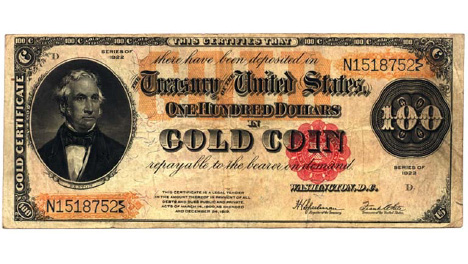The Gold Standard Act of 1900 was a United States federal law passed on March 14, 1900, during the presidency of William McKinley. The act officially established gold as the only standard for redeeming paper currency in the United States, effectively ending the use of silver as a monetary metal.
Prior to the Gold Standard Act, the United States had been using a bimetallic standard, where both gold and silver could be used to back the currency. However, this had caused problems, as the value of silver fluctuated more than gold, leading to instability in the currency market.
The Gold Standard Act required the U.S. Treasury to maintain a fixed gold value for the dollar and to exchange paper currency for gold on demand. This helped to stabilize the value of the dollar and increase public confidence in the currency, which in turn helped to promote economic growth and stability. The law set the value of the dollar at 25.8 grains of gold, which meant that one ounce of gold was worth $20.67. The act also required the United States Treasury to maintain a reserve of gold equal to at least 40% of the value of the currency in circulation.
The Gold Standard Act was seen as a victory for advocates of sound money and was supported by many bankers and industrialists. However, it was criticized by proponents of free silver, who believed that the use of gold as the sole standard would limit the money supply and hurt farmers and debtors.
Although the Gold Standard Act of 1900 established gold as the sole standard for redeeming paper currency, it did not completely eliminate the use of silver in U.S. coinage. In fact, the act specifically authorized the continued minting of silver dollars, which had been in circulation since the late 1700s.
The production of silver dollars was largely halted in 1873, when the Coinage Act of that year stopped the minting of silver dollars and shifted the United States to a de facto gold standard. However, the Act did not prevent the United States from producing silver coins of smaller denominations, such as dimes, quarters, and half dollars, which were still minted using silver.
In 1904 and 1921, the U.S. government resumed the production of silver dollars in response to demand from collectors and the public. These coins were not intended for general circulation but were instead produced as commemorative coins or to mark specific occasions, such as the 1921 Morgan Silver Dollar which was struck to commemorate the end of World War I.
The Gold Standard Act remained in effect until 1933, when President Franklin D. Roosevelt took the U.S. off the gold standard in response to the Great Depression.
